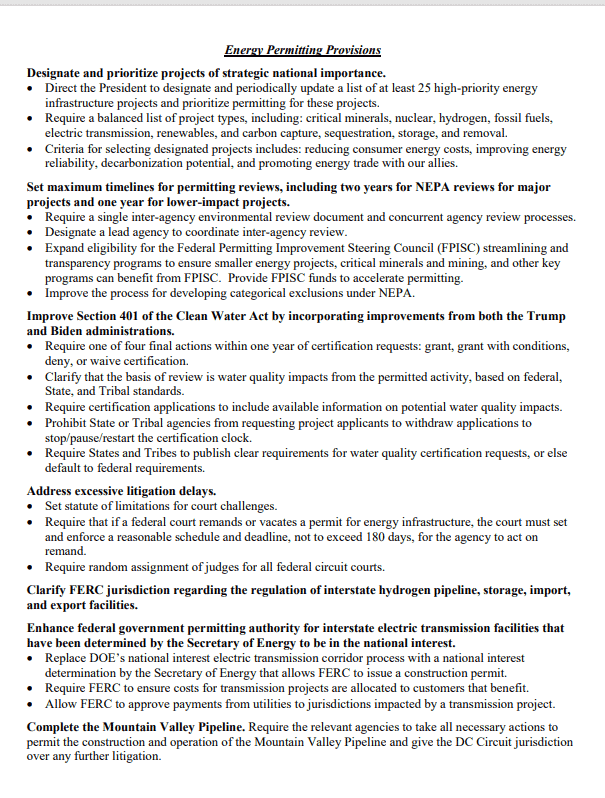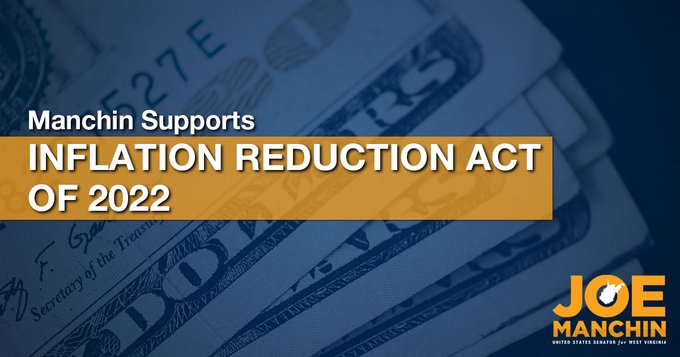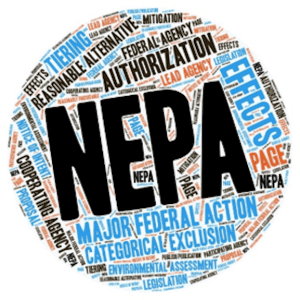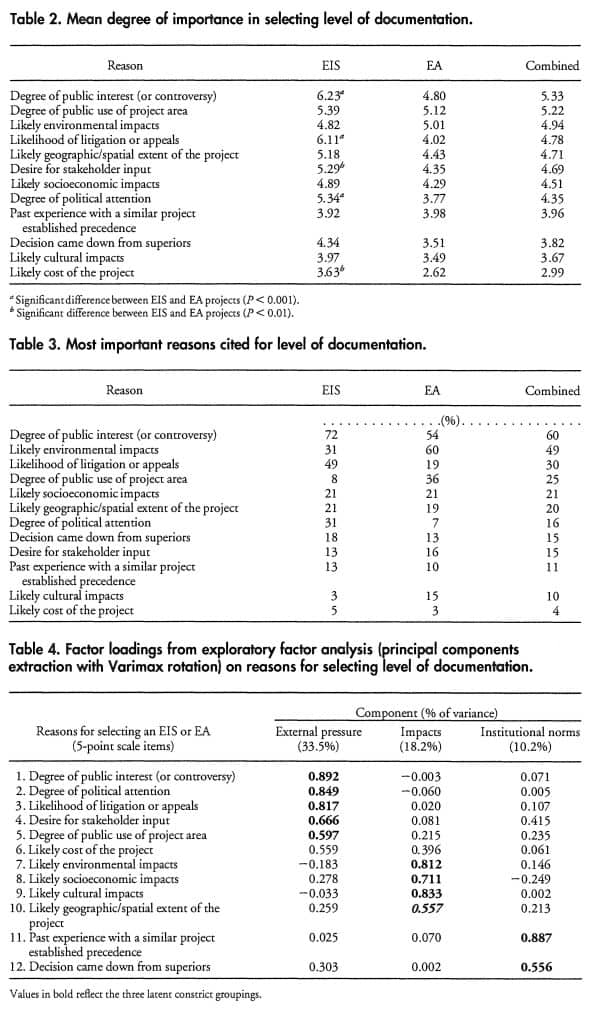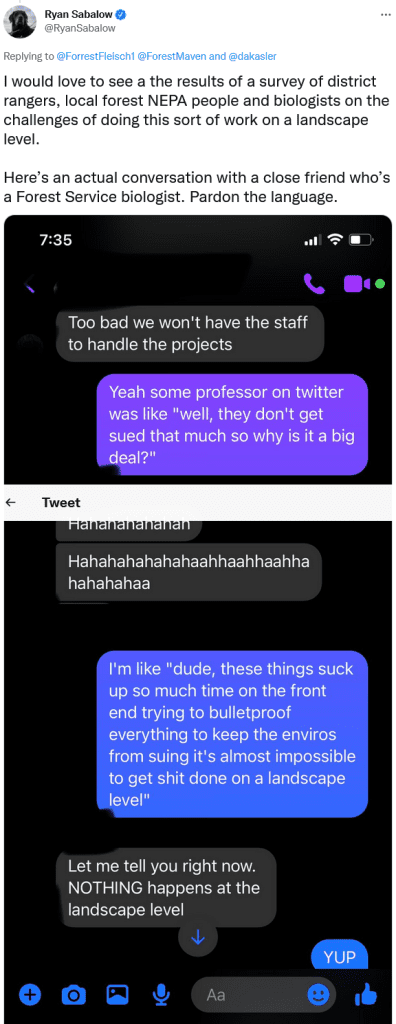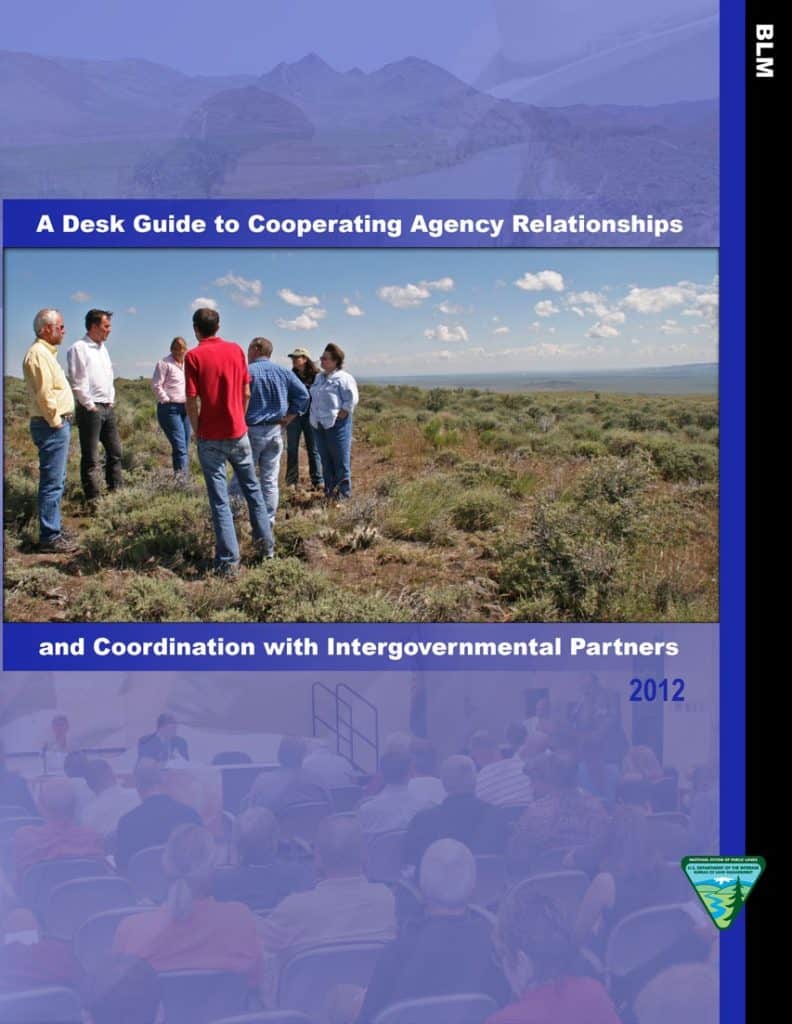
PHOTO: GEORGE ROSE/GETTY IMAGES
This was the original photo that went with Ted’s op-ed in February. apparently the State decided to keep it open for five more years.
I’ve been thinking about alignment lately. I’ll tell you three stories, then point you to an op-ed, and ask you for examples where you think alignment needs to be fostered, as well as ways to create alignment. I know some “old Forest Service” types that could produce alignment, perhaps that was a different cultural moment, or they had skills that could still be useful?
(1) First, when I was trying to get input from Forest Service research silviculturists for our MOG letter, I was told (as were others) that they weren’t allowed to talk about it. So I asked Jamie Barbour and he said that wasn’t the case. All the National Forest System silviculture folks returned my calls and emails, and answered my questions. The Forest Service didn’t know there was a problem with alignment until someone from outside told them. How else would they know? I’m expecting by the next round of comments on MOG, this will be cleared up.
Intra-organizational alignment. In a large organization, tough to achieve and keep going.
(2) Second, I have a friend in a mountainous subdivision of Denver, who is working wholeheartedly on wildfire mitigation. I could give many examples, but here’s one. She’s trying to get infrared cameras placed on mountaintops.. but some telecom group wanted to charge $30K or so a month to put it there. Other telecom companies would do it as a public service, but perhaps not in the best locations. If it were really important to do whatever to stop fires in communities.. people would be looking at this. Maybe there are but we don’t know. So many moving parts, so many responsibilities so much unclear.
Alignment among levels of different government and other authorities.. perhaps the most difficult kind of alignment to achieve. Often it’s not really clear who is in charge of what, and it’s not clear that anyone is looking at the big picture. And at the same time, looking at the mis-alignments at the local level where the proverbial fire hits the stucco. I hope that the Wildfire Commission might help with multi-level alignment, but I wonder whether they will solicit input on “why it’s hard to get mitigation done” from all the relevant people and institutions at the local levels.
(3) Third is the obvious challenge of “more energy infrastructure ASAP” versus current permitting procedures. Some groups seem to feel like the current situation cannot be changed in any way or “the nations fundamental environmental laws will be undermined.” Some groups were pushing President Biden to declare a “climate emergency”. It seems logical, perhaps, then that emergency CEQ and agency NEPA provisions could be invoked for a very wide range of mitigation and adaptation projects- including ones that would be off-limits if the groups promoting “no cutting of 80 year old trees” win out. It seems like a major misalignment to me. Because nowadays everything can be linked in some way to climate change mitigation or adaptation.
But back to the renewable build out vs. permitting procedures as sacred text as described by Ted Nordhaus of The Breakthrough Institute in this Wall Street Journal op-ed.
In Nevada’s Black Rock Desert, local environmentalists and devotees of the Burning Man festival are using the National Environmental Policy Act (NEPA) to oppose a geothermal energy plant. Further south, the Sierra Club has joined with all-terrain vehicle enthusiasts to stop development of what would be the nation’s largest solar farm, which it says threatens endangered tortoises. Along the Atlantic seaboard, plans for major offshore wind farms have been hogtied by provisions of the Jones Act, an obscure law that requires maritime cargo to be transported exclusively by U.S.-flagged ships when it is shipped between domestic ports. It is an obstacle that may ultimately prove beside the point because proposals to develop wind energy in American coastal regions have also faced a constant barrage of NEPA and Endangered Species Act (ESA) lawsuits designed to stop them.
The problem isn’t limited to renewable energy. In California, environmentalists have used a state law designed to protect fish eggs as a pretext to close the Diablo Canyon Nuclear Power Plant, the state’s largest source of clean energy, while the California Environmental Quality Act has hobbled efforts to build both high-speed rail and high-voltage transmission lines that the state is counting on to meet its climate commitments. In Washington, D.C., meanwhile, the Nuclear Regulatory Commission peremptorily rejected last month the application of the first advanced nuclear reactor developer to seek a license before the commission, to cheers from leading environmental groups.
Across the country, foundational laws established in the 1960s and 70s to protect the environment are today a major obstacle to efforts to build the infrastructure and energy systems that we need to safeguard public health and save the climate. Though the Biden administration and Democrats currently propose to spend close to a trillion dollars on low-carbon infrastructure and technology, there is little reason to believe the U.S. is capable of building any of it in a timely or cost-effective way.
Will there be environmental costs to clearing away the detritus of decades of environmental regulatory policies? Without question. Some ill-conceived projects will get the green light, and those projects may have a negative impact on local environments. But we have a range of other legal tools to protect our most valuable environmental resources, from federal authority to protect public lands to the Clean Water Act and the Clean Air Act.
The U.S. can no longer continue to neglect its compounding infrastructure and clean-energy needs. We aren’t going to regulate our way to a thriving low-carbon economy and a more stable climate. America needs to get back to building again.
I was reminded of Sally Fairfax’s article in 1978
- Sally K. Fairfax, “A Disaster in the Environmental Movement,” 199 Science743 (17 Feb.1978)

